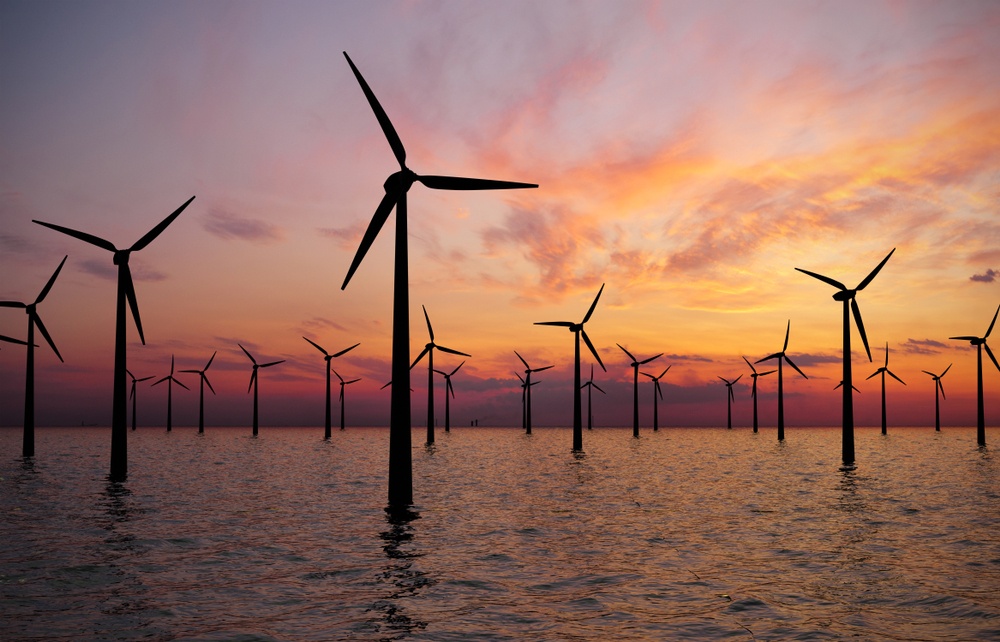NREL analyzes challenges, opportunities of offshore wind power in Gulf of Mexico

The National Renewable Energy Laboratory (NREL) released two reports on the challenges and opportunities in developing wind farms in the Gulf of Mexico.
The Gulf of Mexico is naturally a great spot for offshore wind due to its shallow, warm waters, smaller average wave heights, and close proximity to existing offshore oil and gas infrastructure. However, the unique conditions in the Gulf of Mexico introduce new technology challenges such as hurricane exposure, lower winds, and softer soils.
The two new studies, conducted by NREL and funded by the Bureau of Ocean Energy Management (BOEM), assessed the feasibility of various potential offshore energy resources in the Gulf of Mexico. One of them, “Offshore Renewable Energy Technologies in the Gulf of Mexico,” analyzed different offshore renewable energy technologies, including offshore wind, wave, tidal, ocean current, ocean-based solar, ocean thermal, deep water source cooling, and hydrogen conversion and transport, to determine which are best suited for electric utility-scale development in the Gulf. Offshore wind was found to the potential of 508 gigawatts of power —the largest of any of the technologies analyzed and twice the energy currently consumed in the Gulf states.
The other study, “Offshore Wind in the U.S. Gulf of Mexico: Regional Economic Modeling & Site-Specific Analyses,” analyzed the economic feasibility of offshore wind both regionally and for selected sites. In this study, NREL recommended to BOEM six viable study areas: Port Isabel, Galveston, and Port Arthur in Texas; Pensacola and Panama City in Florida; and New Orleans in Louisiana. Of these sites, Port Isabel, Port Arthur, and Pensacola were selected jointly by BOEM and NREL for a more detailed cost analysis to represent possible future offshore sites in the Gulf of Mexico.
The analysis found that a single offshore wind project could support approximately 4,470 jobs with $445 million in gross domestic product (GDP) during construction. It would support 150 permanent jobs and generate $14 million in GDP annually based on a 600-megawatt project at Port Arthur with a commercial operation date of 2030.
“As we seek to diversify the U.S. energy supply using ocean renewable resources, we are finding that the existing oil and gas industries in the Gulf are able to leverage their vast ocean-based capabilities to expand their businesses and capitalize on these new energy opportunities,” NREL researcher and lead author Walt Musial said.
